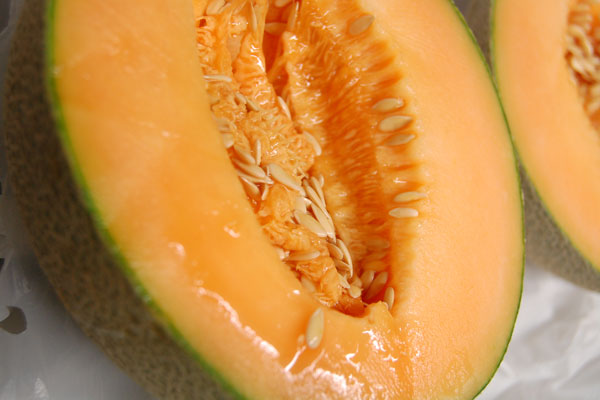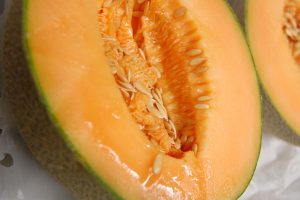A deadly bacterium known as listeria has infected cantaloupes, causing up to 16 fatalities across 18 states.
Colorado has seen 15 illnesses and is the origin of the infected cantaloupe crisis, which has been categorized as the deadliest food outbreak in the
US in over a decade.
Jensen Farms of Holly, Colo. shipped out more than 300 thousand cases of possibly infected cantaloupes to at least 25 states. However, illnesses have been reported in states that were not on the shipping list.
This could be due to the produce being bought and resold. There is no final list of where the cantaloupes went.
The cantaloupes were shipped beginning July 29 with the last shipments going out on Sept. 10. The shelf life of cantaloupe is about 2 weeks.
Cantaloupes labeled “Colorado Grown,” “Distributed by Frontera Produce,” “Jensenfarms.com” and “Sweet Rocky Fords” are all on the recall list.
Not all the recalled cantaloupes are labeled with a sticker.
Each of the cases contained anywhere from five to 15 melons. The recall involved 1.5 million to 4.5 million fruits.
Thomas Frieden, director of the Center of Disease Control (CDC), and Margaret Hamburg, Food and Drug Administration (FDA) commissioner, said that illnesses are expected for weeks to come, because the incubation period for listeria can be a month or even longer.
Cantaloupe is often the source of outbreaks, but according to health officials, this is the first known outbreak of listeria in cantaloupe. Frieden said the CDC has identified at least 10 other outbreaks in the last decade.
Listeria bacteria is more deadly than salmonella and E. coli. It generally only sickens the elderly, pregnant women and others with compromised immune systems.
Symptoms include fever and muscle aches, often with other gastrointestinal symptoms. The median age of those sickened is 78, and one in five who contract the disease can die.
Most healthy adults can consume the bacteria with no ill effects.
Listeria can grow at room temperatures and even refrigerator temperatures.
It can linger long after the source of the contamination is gone.
Health officials say people who may have had the contaminated fruit in their kitchens should clean and sanitize any surfaces it may have touched before continuing food preparation.






